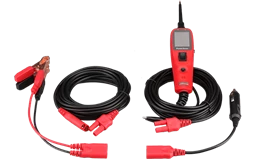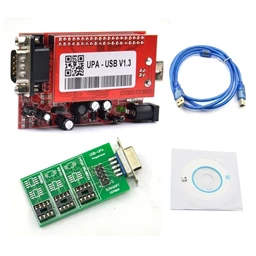The Comfort and Complexity of Automatic Transmissions Automatic transmissions are complex mechanical and electronic systems that significantly improve driving comfort and are becoming increasingly common in modern vehicles. By eliminating the need for manual gearshift, they provide great convenience to drivers, especially in heavy traffic and on long trips. There are many different types of automatic transmissions, from conventional torque converter automatic transmissions to dual-clutch transmissions (such as DSG, DCT), continuously variable ratio transmissions (CVT), and each has its own unique operating principles and potential failure modes. Despite the comfort they provide, automatic transmissions contain sensitive components and can experience various failures over time. These failures can reduce the quality of driving, negatively affect the performance of the vehicle and, if neglected, lead to much larger and more costly repairs. Noticing the signs of automatic transmission failures early and intervening in a timely manner with the correct diagnosis is critical to extend the life of the transmission and ensure a safe ride. In this comprehensive guide, we cover the frequently encountered fault symptoms in different types of automatic transmissions, possible causes of these failures, diagnostic methods and professional repair and maintenance processes that we offer as Nitro Bilişim (transmission oil and filter replacement, solenoid valve control/replacement, torque converter problems, mechatronics failures, etc.) we will consider it in detail. Common Automatic Transmission Fault Symptoms Some common symptoms that may be a harbinger of a problem with your automatic transmission are: * Abnormality in Gear Changes: - Hard or Bumpy Gear Shifts: Unexpectedly hard, jerky or bumpy shifting of gears. - Delayed Gear Change: The transmission delays or is reluctant to change gears despite the increase in engine speed. - Gear Misalignment or Deceleration: The transmission suddenly goes out of gear or remains unstable between gears while the vehicle is moving. - Staying Stuck in a Specific Gear: The transmission only works in one gear (usually protection mode). * Abnormal Sounds: - Humming, Winking or Rubbing Sounds: Abnormal mechanical sounds, especially heard at certain gears or speeds. - Clicking or Squeaking Sounds: Sounds that come when changing gears or stopping the vehicle. * Loss of Performance and Vibration: - Falling Out of Traction, Loss of Power: Inability of the vehicle to accelerate as before or difficulty on slopes. - Vibration: Abnormal vibrations felt in the vehicle, especially at certain speeds or gears. • Problems With Transmission Oil: - Oil Leak: A deposit of transmission oil (usually red or brown in color) appears under the vehicle. - Burnt Oil Smell: A sharp, burnt smell that indicates that the transmission oil has overheated and deteriorated. - Low Oil Level or Pollution: Low oil level on the transmission oil bar (if any) or darkening of the color of the oil, foaming. * Warning Lights: - Transmission Failure Lamp or “Check Engine” Light Turns On: Activation of warning lights on the instrument panel indicating that there is a problem with the transmission. • The Vehicle is Not Moving or Moving with Difficulty: When the gear is placed in the D (Drive) or R (Reverse) position, the vehicle does not move at all or moves with great difficulty. Possible Causes of Automatic Transmission Failures Automatic transmission failures can be caused by many different reasons: * Transmission Oil (ATF - Automatic Transmission Fluid) Problems: - Low Oil Level: A decrease in the oil level due to leaks or incomplete filling increases friction and leads to overheating. - Contaminated or Degraded Oil: Transmission oil that loses its properties over time, gets dirty or burns, prevents the internal parts from working properly and accelerates wear. - Using the Wrong Type of Oil: ATF is used, which is specially formulated for each transmission type. The wrong type of oil can cause serious damage to the transmission. - Clogged Transmission Oil Filter: Clogging of the filter restricts the oil flow and leads to pressure problems. * Torque Converter Decays: The torque converter provides a hydraulic connection between the engine and the transmission. Failure of the bearings, turbine fins or locking clutch (lock-up clutch) inside may cause tremors, loss of performance and noises. * Solenoid Valve Failures: Solenoid valves manage gear changes by controlling the oil flow and pressure inside the transmission. Electrical or mechanical failure of these valves leads to gear shift problems. * Mechatronic Unit Failures (in gearboxes such as DSG, DCT): Sensor, valve or control module failures in mechatronic units that combine both mechanical and electronic control of the transmission. * Mechatronic Unit Failures (in gearboxes such as DSG, DCT): Sensor, valve or control module failures in mechatronic units that combine both mechanical and electronic control of the gearbox. Dec. * Clutch Pack Wear or Burn: Wear or burn of the clutch discs in the transmission causes gear loss and loss of power. * Sensor Failures: Failure of sensors such as transmission input/output speed sensors, temperature sensors, gear position sensor leads to incorrect information being sent to the transmission control unit (TCU) and incorrect operation. * Transmission Control Unit (TCU/EGS) Failures: Software or hardware problems in the electronic brain that controls the transmission. * Wiring and Electrical Problems: Disconnection of cables leading to transmission components, short circuit or corrosion of connectors. * Cooling System Problems: A blockage or leak in the transmission oil cooler may cause the oil to overheat. * User Errors and Lack of Maintenance: Aggressive driving style, neglect of regular gearbox oil and filter changes prepare the ground for failures. Diagnosis of Automatic Transmission Failures Proper diagnosis is the first step to an effective repair. As Nitro Bilişim, we follow the following steps in the diagnosis of automatic transmission failures: 1. Detailed Listening of Customer Complaints: Information is collected such as when and how the malfunction started, what symptoms are seen. 2. Visual Inspection and Oil Control: The transmission oil level, color, smell and possible leaks are checked. 3. Scanning with Fault Detection Device: Recorded fault codes (DTC) are read by connecting to the transmission control unit (TCU) with professional fault detection devices such as Autel, Launch. 4. Live Data Analysis: Parameters such as transmission temperature, pressure values, sensor data, solenoid valve commands are monitored live and abnormal values are searched. 5. Active Tests: Some components such as solenoid valves can be manually tested via the fault detection device. 6. Road Test: If necessary, a road test is performed with the vehicle to observe the conditions under which the malfunction occurs. 7. Mechanical Checks (If necessary): The transmission crankcase can be disassembled to see if there are metal chips in the magnets inside, or further mechanical examinations can be performed. Automatic Transmission Repair Processes The repair process varies depending on the type and severity of the malfunction: * Transmission Oil and Filter Replacement: It is the basic solution or preventive maintenance of many problems. It should be done at the manufacturer's recommended periods and with the correct type of ATF. * Solenoid Valve Replacement: Solenoid valves that are found to be defective are replaced with a new one. * Sensor Replacement: Defective speed, temperature or position sensors are replaced. * Torque Converter Repair or Replacement: Defective torque converters may be revised or replaced with a new one in some cases. * Mechatronic Unit Repair or Replacement: Defective mechatronic units can be repaired or replaced, especially in transmissions such as DSG. • Transmission Revision (Complete Disassembly and Collection): In cases where internal parts such as clutch packages, bearings, seals are worn or damaged, the transmission is completely disassembled and revised. * Transmission Control Unit (TCU) Programming or Replacement: The TCU can be reprogrammed for software problems or replaced for hardware failures. * Wiring and Electrical Repairs. Tips For Extending the Life of an Automatic Transmission • Be sure to change the transmission oil and filter during the periods specified by the manufacturer. * Use the right type and quality of transmission oil. * Avoid overexerting the vehicle, sudden and hard take-offs. • Do not switch to P (Park) or R (Reverse) gear until the vehicle stops completely. * Choose to use the engine brake (low gears) instead of continuous braking when going downhill (some modern transmissions do this automatically). • If you notice any signs of malfunction, consult a specialist without neglecting. Professional Solutions to Your Automatic Transmission Problems with Nitro Bilişim Nitro Bilişim, as a service specializing in the diagnosis and repair of automatic transmission failures, provides services with the latest technology fault detection devices and experienced technicians. The services we offer: * Comprehensive fault diagnosis. * Use of original and high-quality spare parts. • Professional repair and maintenance for all types of automatic transmissions. * Transmission oil and filter replacement. * TCU programming and adaptation services. Take Care of Your Automatic Transmission, Enjoy Comfortable Driving!
Automatic transmissions can provide trouble-free service for many years with proper maintenance and timely intervention. Any abnormality that you notice in your car's transmission can be a harbinger of bigger problems. Early detection and professional repair will protect you from being stuck on the road and high costs.
You can rely on the expertise of Nitro Bilişim for any problems and maintenance needs related to your automatic transmission.

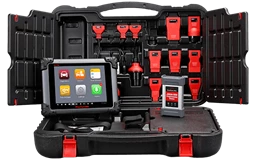
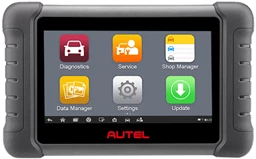
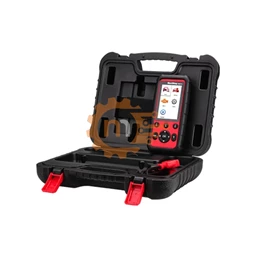
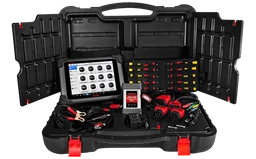
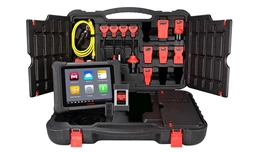

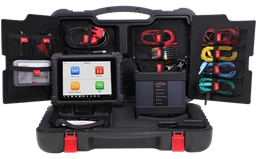


.webp?size=256)

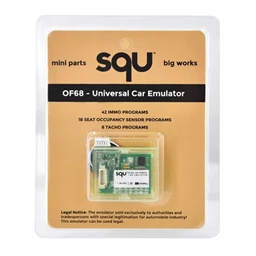


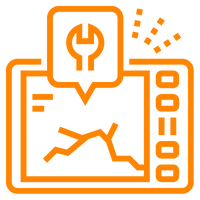

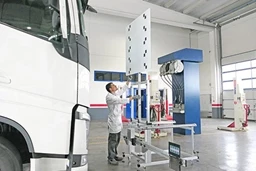
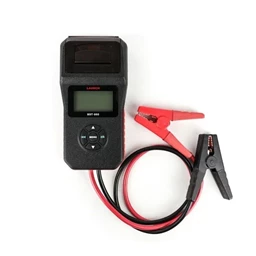
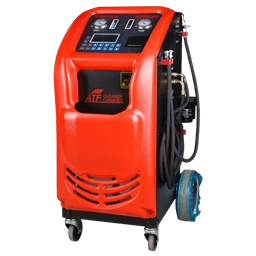
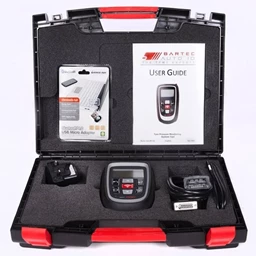
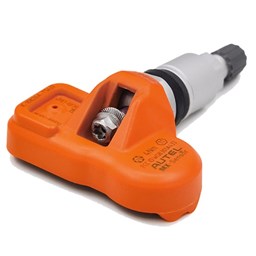
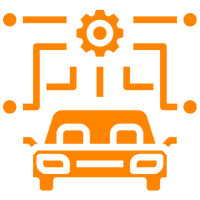
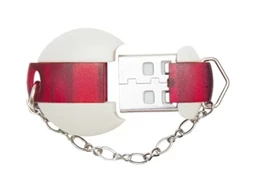


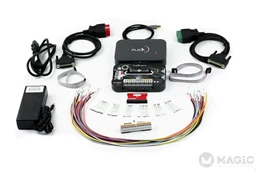

 Cihazı.webp?size=256)

